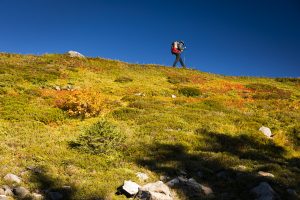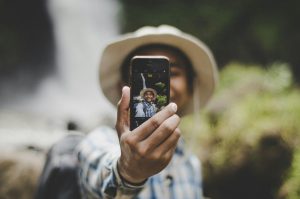Nature and Health researchers explore how nature-based tourism has the potential to sustain an area’s biodiversity and economic development in a recent article published in Proceedings of the National Academy of Sciences.
Citation: Alejandra Echeverri, Jeffrey R. Smith, Dylan MacArthur-Waltz, Katherine S. Lauck, Christopher B. Anderson, Rafael Monge Vargas, Irene Alvarado Quesada, Spencer A. Wood, Rebecca Chaplin-Kramer, & Gretchen C. Daily. (2022). Biodiversity and infrastructure interact to drive tourism to and within Costa Rica. Proceedings of the National Academy of Sciences 119: e2107662119.

 Time spent in nature is good for you. Whether you’ve known that consciously or not, it’s likely that the physical and mental benefits have played a role in why you get outside and hike. But there are plenty of questions about how much time or what type of nature gives people the greatest benefits. Thankfully, there is Nature and Health, an entire group of professors and students at the University of Washington dedicated to exploring these connections. WTA has been attending events and meetings with Nature and Health for several years, even presenting with GirlTrek and the U.S. Forest Service to other member organizations about our joint research. We talked with Josh Lawler, Nature and Health director and Denman Professor of Sustainable Resource Sciences, one of the group’s key organizers, to find out more about the group’s work and findings.
Time spent in nature is good for you. Whether you’ve known that consciously or not, it’s likely that the physical and mental benefits have played a role in why you get outside and hike. But there are plenty of questions about how much time or what type of nature gives people the greatest benefits. Thankfully, there is Nature and Health, an entire group of professors and students at the University of Washington dedicated to exploring these connections. WTA has been attending events and meetings with Nature and Health for several years, even presenting with GirlTrek and the U.S. Forest Service to other member organizations about our joint research. We talked with Josh Lawler, Nature and Health director and Denman Professor of Sustainable Resource Sciences, one of the group’s key organizers, to find out more about the group’s work and findings.